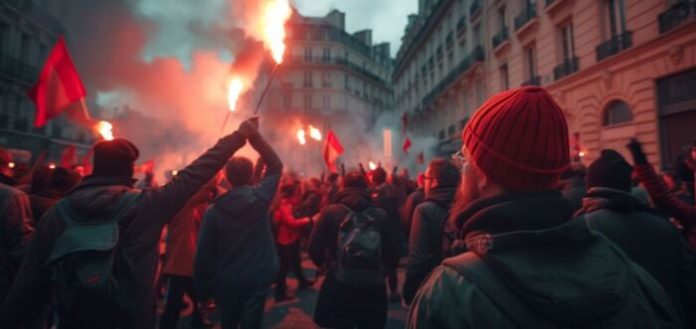Introduction
The Delhi riots of 2020, which erupted in the northeastern parts of the national capital in February, marked one of the deadliest communal clashes in recent years. The violence was initially triggered by protests for and against the Citizenship Amendment Act (CAA), later spiraling into widespread arson, looting, and loss of lives. Among the many issues raised, the involvement of juveniles in these violent incidents brought the focus back to how juveniles are treated under the law in cases of serious offenses.
Brief Overview of the Event
The riots began on February 23, 2020, and spanned several days, leading to over 50 deaths and injuries to hundreds. Shops, homes, and religious places were destroyed. With mounting social tensions, numerous juveniles were suspected of participating in the riots, engaging in acts of vandalism, stone-pelting, and even more severe offenses.
Role of Juveniles in the Riots
Juvenile involvement in such acts has legal implications, particularly concerning their age and the severity of their crimes. Under Indian law, juveniles aged 16 to 18 years may be tried as adults if they commit heinous crimes. Several reports indicated that juveniles were actively used in the riots, sometimes incited by adults or influenced by local leaders. Their involvement raised questions about the adequacy of legal frameworks and societal interventions in preventing such occurrences.
Legal Acts and Court Involvement
The legal framework concerning juveniles falls under the Juvenile Justice (Care and Protection of Children) Act, 2015. This act differentiates between children in need of care and protection, and those in conflict with the law. It allows for juveniles aged between 16 and 18 who commit heinous offenses to be tried as adults, depending on the Juvenile Justice Board’s assessment of their mental and physical capacity to commit the crime.
- Section 15 of the Juvenile Justice Act: This section allows the Juvenile Justice Board to transfer cases of juveniles involved in heinous crimes to a regular court after a preliminary assessment.
- Indian Penal Code (IPC): Sections like 302 (murder), 307 (attempt to murder), 436 (mischief by fire), and 120B (criminal conspiracy) were invoked during the riots, with the role of juveniles being scrutinized in several of these cases.
Government and Court Observations
The Delhi High Court and Supreme Court intervened during and after the riots to monitor investigations. Both courts emphasized the need for a fair inquiry, ensuring that juveniles involved were not unjustly punished while simultaneously ensuring public safety.
In a significant observation, the Supreme Court directed authorities to take extra care in handling juveniles, recommending that rehabilitation and correctional measures be prioritized for those underages who were found guilty of involvement in the riots. The Delhi Government, too, took steps to involve child protection agencies in investigating cases of juvenile involvement, focusing on rehabilitation.
Important Sections and Cases
- Section 83 of the IPC: This section considers the maturity of understanding when evaluating whether a minor can be held criminally responsible.
- In cases like ‘Pratap vs. State of Uttar Pradesh’, the courts have held that while juveniles may be influenced to commit crimes, a thorough evaluation must be made before deciding if they should be tried as adults.
Conclusion
The involvement of juveniles in the Delhi riots of 2020 highlights the complexities of law enforcement and rehabilitation. While the Juvenile Justice Act, 2015 offers a legal framework, the courts have reinforced that rehabilitation, rather than punishment, should remain the focus when dealing with juveniles. As societal tensions increase, the role of awareness and education in preventing such incidents becomes critical. The judiciary, government, and child welfare agencies must work together to protect the rights of juveniles while ensuring accountability for crimes committed during such events.
Also Read:
Rights of undertrial prisoners in India
How To Send A Legal Notice In India


